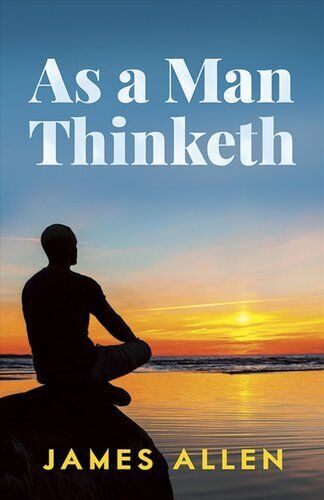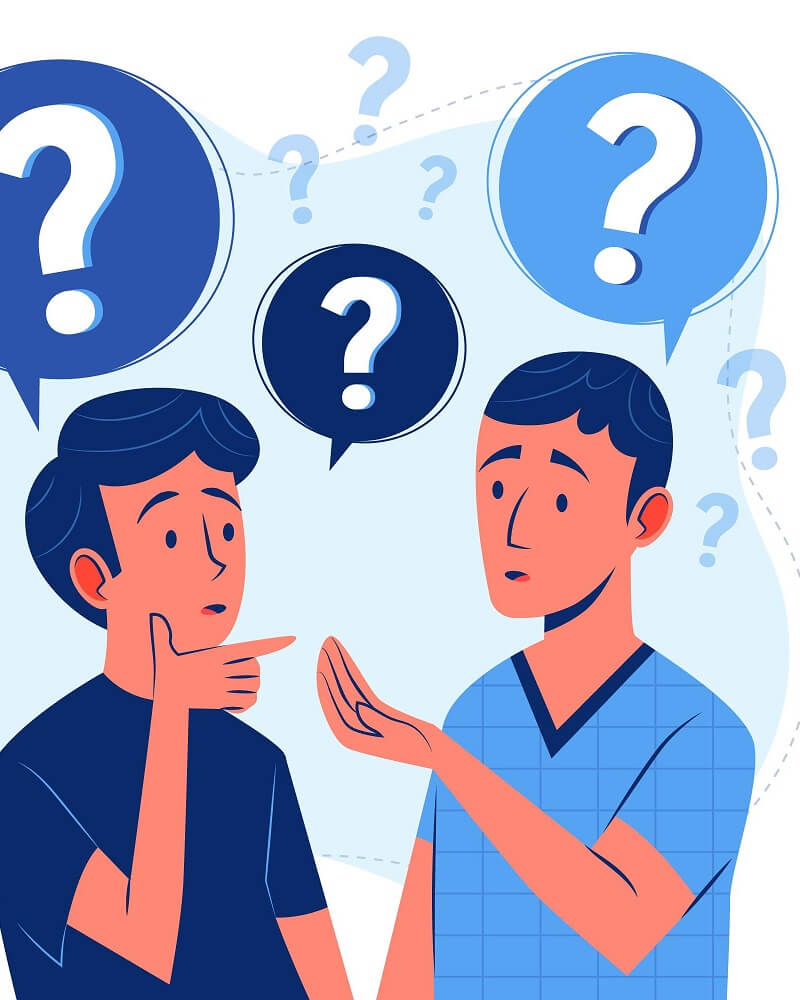Book Blaster Issue 4
 “I’m more productive at work”
“I’m more productive at work”
Lou Wilson from Harrow in Middlesex designs computer programs to manage databases of customer details. He writes in C++, Omnis 7 and Power Builder. He has had excellent results with PhotoReading.
“Before I learnt to PhotoRead I’d just read small chunks from software manuals, and then constantly refer back to these manuals to work out the best way to write a section of a program.
When I bought the Course I PhotoRead all my software manuals in one fell swoop. Now, when I program, all the code seems to come out of my head, and I hardly ever stop to look in the manuals. I intuitively know that the program will work first time – and it does. Previously I would have written a bit, tested it, tweaked it, referred to the manual and so on, So I’m much more productive in my work.
I also instinctively know where to look for a routine in a manual. One day recently I was attempting to write a function. I felt that the software could do what I wanted, but I got the sense that the information I needed wasn’t in the manual. I rang up the manufacturer and told him that the routine wasn’t in the manual (even though I hadn’t checked to be certain). the technician said that I was right – the routine wasn’t there as it had been missed out of the manual by mistake. He told me how to write the routine, which was exactly the way I thought it should be written. It was uncanny.
Another weird thing happened not so long ago. I was rushing to go to a client’s office. I saw a book I needed on my office bookshelf and grabbed it as I dived off. As I put the book on the passenger seat I realised that I had grabbed the wrong book! I thought: Damn, why did I take this one, it’s not the one I wanted. It was too late to go back to my desk so I drove off.
While I was sitting waiting for my appointment, I opened the book to a seemingly random page and there, staring me in the face, was the solution to a problem I’d had for the last two weeks. I couldn’t believe it! I’d PhotoRead this book about a month earlier for no reason. It was like my subconscious had grabbed this book deliberately as I rushed out of the office.
PhotoReading is a magical set of techniques that has really made my job easier and more enjoyable.”
PhotoReading hits primetime TV news
PhotoReading got a major TV news slot on American TV in May of this year. It made the six o’clock evening news and the PhotoReading piece even got referred to on TV and radio adverts: “PhotoReading — is it a reading breakthrough or just another gimmick: see Channel 9’s news this evening.”
The news item was hosted by Gary Rebstock, the Emmy award-winning anchor for KMSP television. He heard about PhotoReading, got the Course and tried lesson one. The Dictionary Game worked for him and he told Paul Scheele: “If side B of the first lesson is any indication, this is going to be the best story of the year.”
Gary interviewed several professionals, an educator, a reading expert, a student and a school headmaster. Altogether Gary and his camera crew filmed four hours on PhotoReading, and somehow managed to edit it down to a six-minute story, which was their longest story ever.
In the TV piece Gary picks the book Accelerated Learning by Colin Rose and says: “In five minutes I’d PhotoRead the whole book — and felt completely lost! This is exactly how Matt Haug felt who learned to PhotoRead two years ago when he was 13.” (the film cuts to Matt speaking in his home…) “It was like, I didn’t believe it. All I was doing was flipping pages. How was this going to work? I did the process, then Wow it worked!’ Gary: “Matt says it’s given him so much confidence that at school he’s gone from a C grade average to an A average.”
(Back at the office…) “After the first six minutes of activation I was still lost. Six more minutes, and as strange as it sounds, the book was beginning to come alive for me and I could actually answer questions on it — this is bizarre!” and the TV piece shows Gary surprising himself by recalling information from the book.
Later it cuts to Professor Mike Bennett who has a doctorate in reading at University of Minnesota. Says Mike: ‘I certainly know why PhotoReading works. How? I don’t know.’ (Back to Gary to round off:) “How it works, and how PhotoReading really affects the mind, no-one knows, but Paul Scheele is working with a team of doctors to develop test to find out.”
 McKenna on Channel 4
McKenna on Channel 4
We’ve mentioned Paul McKenna’s TV coverage of PhotoReading before -but as we can now grab pictures off the film (lent to us by customer Ray Bacchus), we’ve got a great excuse to mention the feature again.
In the programme, Paul McKenna says, “It’s a fact that the unconscious mind can process two million pieces of information every second. For years scientists have wondered why some people have photographic memories and some don’t. Through PhotoReading they’re beginning to find out.
When PhotoReading does work it’s a strange experience. I ended up feeling a bit light-headed (after PhotoReading at 690,000 words per minute). I couldn’t actually remember anything about the book — until the questions started. I just seemed to know some of the answers. I scored 73% which was statistically well in excess of anything I could have got just by guessing.”
 Radio rapture
Radio rapture
Pete Bissonette (Paul Scheele’s business partner) and I appeared on radio to discuss PhotoReading – and we came across better than we ever dared dream
It happened on Tuesday, June 1 in Minneapolis. My flight home was at 11am, and Pete was booked to do a radio interview at 7am, so he invited me along before dropping me off at the airport.
When we got to the offices of KS95-FM one of the DJs had been through the first two CDs of the Course and had had amazing success with the Dictionary Games, so he was really positive. Pete and I talked enthusiastically about PhotoReading, and the three DJs who interviewed us were really fascinated by our stories and explanations.
Then we found that they’d selected two books for us to PhotoRead there and then! Pete was given a book called the 10 Laws of Lasting Love. I was given a 350-page detective novel called Sudden Prey (see photo). I felt very nervous, and I stuttered on live radio that I’d never done a PhotoReading challenge before, and I’d never PhotoRead a detective novel either (let alone read one at normal speed in the last few years). “Well,” said a DJ, “just see what happens: we’ll give you 30 minutes.”
Pete and I were sent off to a tiny, windowless office where we PhotoRead and activated the books. I felt very apprehensive, PhotoReading the book twice: right way up and upside down as it seemed a good idea for some reason. then I flicked my eyes down each page, about a page every five seconds, quickly finding the key paragraphs that carried the major plot lines. Within half an hour I’d worked out the complete plot and characters so when we went back in for questioning I could be very specific.
For example, when the DJ questioned me on air about a subsidiary character, I was able to say that her name is Sally, she’s 29 and has crow’s feet — and I gave some info on how she fitted into the plot. the DJ spluttered with astonishment. Pete was just excellent with his book, pulling out the main concepts, and answering very specific questions with ease.
The DJs let Pete tell listeners the number for the brochure request line, and we found out later that there were tons of calls from people who’d heard us on the radio and wanted to know more.
 Tap into your Intuition
Tap into your Intuition
Derek Chard from Chelmsford rang to say that he’d just bought a book called the Tenth Insight by James Redfield, which is the follow-up to the bestselling Celestine Prophesy.
He PhotoRead it one evening, then woke up the next morning with the number 22 nagging away at him. He spoke to his wife about it, then decided to check out page 22 of the book. “My first reaction was: Wow! I was amazed to find that page 22 was the beginning of a chapter that was really relevant to some things that were going through my mind at the time.
Learning to PhotoRead has made me more receptive to intuitive ideas and thoughts. I even chose the book the Tenth Insight in a synchronous way it almost seemed to choose me.”
“I’m reading 10 times faster”
Mike Ellis from Wakefield got in touch recently. “I’ve just come back from a week at Butlins with my wife and daughter. While they were at various shows I learnt to PhotoRead! the penny dropped after a few days, and I got this ‘Aha!’ insight.
I’ve always been a very slow reader, pondering over every word. Now I’m reading about 10 times faster than I used to. Reading is fun too. I can pick up a book and leap straight into it. I used to read every word — now things jump out that interest me.
I PhotoRead the book Learning to Learn that comes with the Course. then I read it normally, but much faster than I normally would. I felt sure I’d read it before — it just seemed familiar. It’s a really good book too. I’ve photocopied the Mind Map of the PhotoReading steps and put it above my desk at work so I can refer to it during the day.
I’ve also noticed that I’m flying down hills faster on my mountain bike as my field of vision has opened up and I trust my inner knowing. I feel so relaxed, and the bike seems to float over bumps.”
Just do it… revisited!
The story that made the most impact in issue two of Book Blaster was the one entitled Just Do It. I have since taken many calls from people who realised that this was what they needed to do: PhotoRead regardless of their perceived skill level.
Only a very small percentage of people send back the Course for a refund. I’ve spoken to a few of them. “Well, it didn’t work for me — nothing happened.” I then ask them how many books they’ve PhotoRead. “Oh just one: the PhotoReading book that comes with the Course.” Or they’ll say that the Dictionary Game doesn’t work. So how many words did you look up? “Oh, just two.”
Now I don’t mind if people give up so quickly — they’re welcome to have a complete refund. I just want to do everything I can to encourage people to practice more to prove that the System works!
Having spoken to so many amazing people on the phone, and read their letters, I know that PhotoReading works. Full stop. And it works for everyone, if they’re willing to go for it.
As Brian Ahern says in the story above, it’s all a matter of just trusting the process. It doesn’t matter which CD you’re up to in the Course, pick up a book, state your purpose and PhotoRead it. Don’t get anxious about remembering all the steps — just do what you feel is necessary.
Make a commitment to PhotoRead, say, three books a week by bedtime every Friday, then do that even if it means doing it after a night on the town on Friday night when you’re exhausted. then you can treat yourself the next day for keeping your promise no matter what. Good luck!
“the stress suddenly disappeared”
Dear Chris,
PhotoReading: wow! It’s unreal, but it definitely works for me. I purchased the Course because curiosity go the better of me (I’m glad it did). I decided to work my way through the Course exactly as the lessons directed me, and could not believe the results I was getting, i.e. the Dictionary Game was something that got me out of bed the following morning just to check the location of a list of words that flooded my mind as I awoke. Surprisingly they were all in a similar position on the pages. (This has happened on all the occasions that I have played the Dictionary Game.)
The Star of Wonder exercise was another strange experience which did brain lock me, but now is something which is easy to do. Perhaps the thing which proved that PhotoReading worked for me was my recent Open University assignment results which were completed after using the PhotoReading system to get through the course material.
Let me give you a bit of background history. My wife has been involved in an accident which has resulted in her having three operations on her leg. Understandably I was starting to fall behind with my Science foundation course studies because of the assistance my wife requires. I had two days to study two units on organic chemistry, which should have been studied over two weeks, and submit my assignment for computer marking. How was I going to do it? the question was: do I struggle with the course material or do I put the PhotoReading Course to the absolute test. Well, I thought, I’ve purchased the Course so I might as well use it.
After preparing myself and then previewing the material I felt great, and after PhotoReading the units I could not believe how the stress suddenly disappeared. It was as if I had plenty of time to do the work. I scored 65% on the assignment, which was very pleasing because, had I not PhotoRead the units, I would not have had a clue how to answer the questions. I now use the PhotoReading method for all my study reading and find myself looking forward to my next PhotoReading session.
I’m sure that as my skills develop with practice I will get even more satisfaction out of my reading.
One final point: as an offshore worker with a busy workload I found listening to the Memory Supercharger and Personal Genius recordings very helpful. In fact I’m getting all my work done, and also it’s relaxing me so much that I can honestly say I have never slept so well in the four years that I have worked offshore.
Many thanks,
Alex Marchant, Stockton-on-Tees.
 Lucid dreams
Lucid dreams
Brian Ahern from Watford started PhotoReading five books a day after he got the Course, “but I found this was really tiring, so I’m now sticking to two books a day. I then activate them the next day. I’m feeling very intuitive about what I’ve PhotoRead, and I seem to get a lot of ideas. Sometimes I know things I didn’t realise I knew.
I’m currently half way through the book the Einstein Factor. It’s a very cool book. Normally I very rarely remember my dreams but since I’ve been doing 10 minutes of Image Streaming into a recorder each day, my dreams have come alive and I seem to be both a participator in and observer of my dreams.
I’ve even had some lucid dreams too, which have been incredible. If I miss a day of Image Streaming, my dream recall drops off — it really is very curious. I still feel I’m new to PhotoReading, and I’m compelled to just practice it every day. What I realise is that it’s important to keep remembering to surrender to the process and trust in it. I’m certainly getting better at it.”


